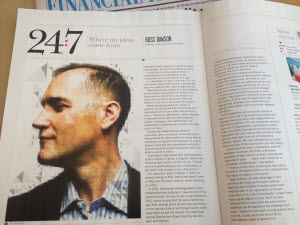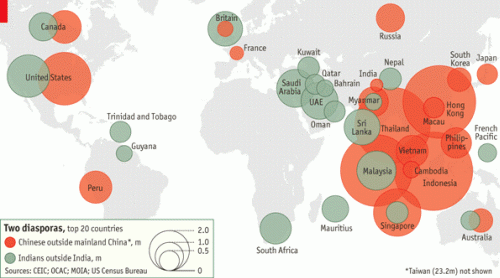There is a big hubbub today over a New York Times article N.S.A. Gathers Data on Social Connections of U.S. Citizens.
I fail to understand why this is big news, since US intelligence agencies have been using social network analysis (SNA) for domestic purposes since the 1990s, and likely even before that. The only issue here is that the NSA is tasked with non-domestic surveillance, so is not supposed to gather data on US citizens. However other US agencies that cover domestic intelligence have long been using SNA.
Certainly recent revelations suggest the NSA appears to have data surveillance capabilities that exceed those of US domestic intelligence agencies, but there is no good reason to imagine the CIA, among others, doesn’t have access to equally good data to seed its social network and other analysis.
I have been focused on networks since long before I wrote Living Networks in 2002. In the July 22, 1997 issue of The Bulletin (at the time Australia’s equivalent of Newsweek) included an article I wrote titled Beware! Netmap may be watching, which described how an Australian software package called Netmap was being used by police and intelligence around the world, taking examples of the identification of insider trading and a serial murderer. I wrote:
“For nearly 10 years, Netmap has been used primarily in high-level security and intelligence analysis. In Australia clients include the NSW Police… and the Australia Tax Office, while in the United States, several secretive government agencies use the software.”
Read more →
 Today’s BOSS magazine in the Australian Financial Review includes a feature on my work.
Today’s BOSS magazine in the Australian Financial Review includes a feature on my work.
